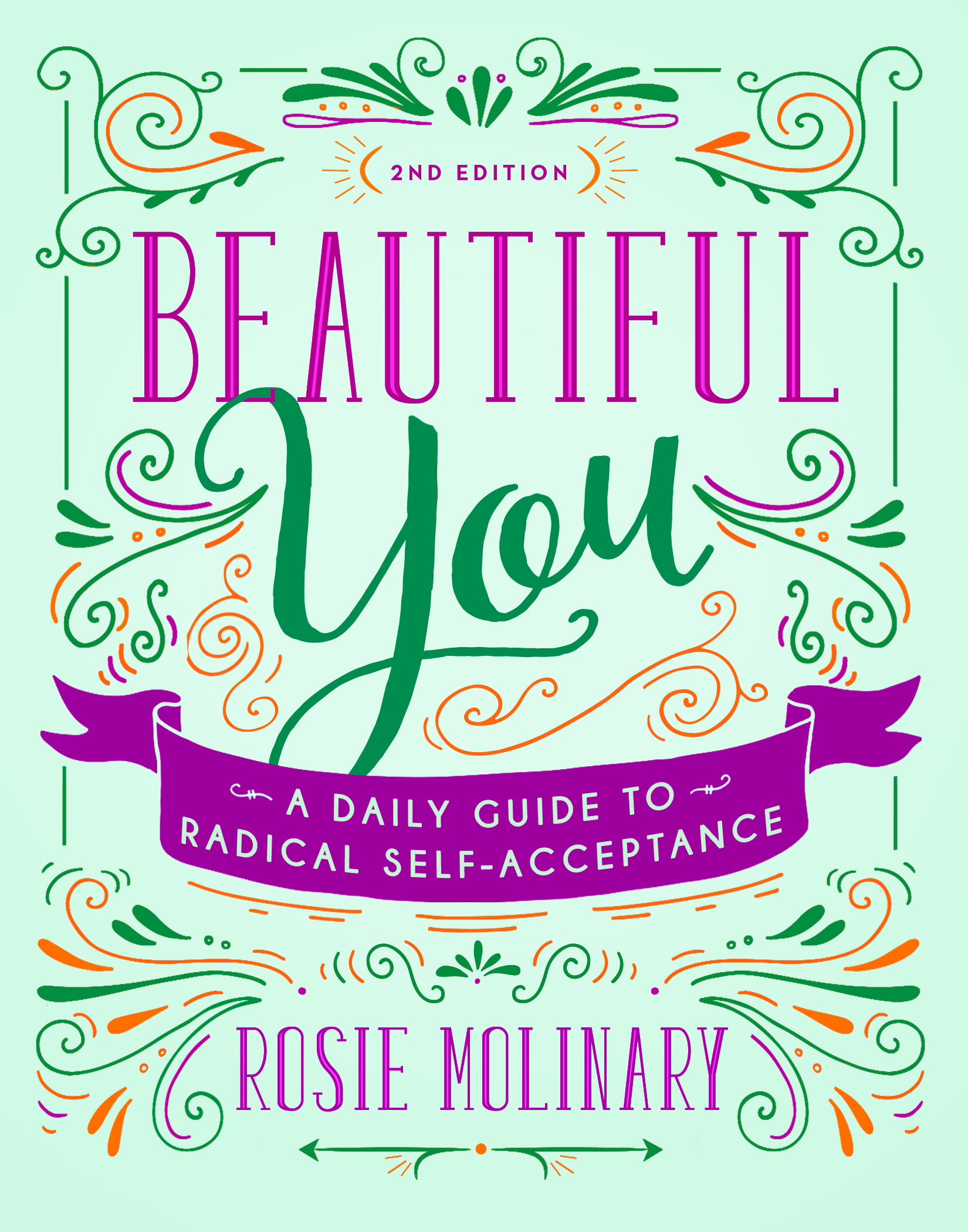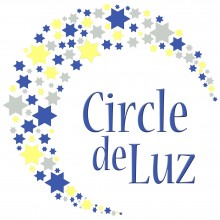Today’s Writing and Creative Life Process post is actually from Karin L. Burke, a writing colleague who is working on a project that looks at the suicide rate– and the stories behind it– among Latinas. If you are interested in helping Karin with her research, please contact her directly at her email or phone number given below. Thanks!
From Karin:
I’m working on a story about U.S. born Latinas and the high rate of suicide attempts and ideation. I’m looking for women/girls willing to talk about their own experiences growing up Latina, and what they think of the statistics. It isn’t necessary that she personally attempted or considered self harm at any point. I just need women who can share what the statistics mean to them, how it relates – or doesn’t relate – to their own story. I am perfectly willing to change names or take whatever steps necessary to protect confidentiality. I need your help and insight. I have talked with dozens of clinicians, doctors, and academics, but I need to talk to girls themselves to know what the statistics really mean. If you are interested in working with me, please call 718-755-9638 or email me at karinlburke@hotmail.com. If you know of others who may be interested in the work, please pass on this information. The following is my query letter, which might give a better idea of what I’m hoping to write.
This is the story of a suicide. Her name is Perez. I met her this morning, a week after her attempt. Following a family argument, she took a razorblade to her wrists and to her ankles.
There is a wider context. One out of five U.S. born Latina girls attempted suicide last year, and one in three seriously considered it. That number trumps that of any other demographic and means Latina girls are attempting twice as often as their white or black peers. The problem, aside from the sticky one of so many girls inflicting self-harm, is that no one knows why.
Acculturation has something to do with it. But that isn’t the problem. If it were, the numbers would be similar for other immigrant groups. They are not. In fact, immigrant youth are generally less likely to self-harm than are their American counterparts. Except for the Latinas.
Statistics blur the story, as statistics will. It’s a story more intimate when one remembers it as the story of a young girl who feels so isolated, frightened, or ashamed that a razor begins to look reasonable. It’s the story of how relief takes on the contours of a gun, a bottle of pills, or a belt slung over the clothes rod. It’s Clarissa Perez, and hundreds of other girls.
Epidemic would be the word, if we were speaking of physical disease. Crisis, if we’re speaking sociologically. As it is, it hasn’t been called much of anything. There aren’t any studies of the issue, though some, like those under Luis H. Zayas of Washington University in St. Louis, are underway.
The nature of such research takes five to ten years. As these are the first studies, they won’t do much more than establish the fact of a trend. Without solid data or a historicizing of the problem, clinicians can only hypothesize. Zayas has been working with the population since the late 70s. He thinks the numbers have held steady for at least a decade.
Only a handful of the hundreds Zayas has worked with were clinically depressed; there is nothing wrong with the girls and they do not have mental health issues. The same numbers don’t hold up in the country of origin. Clearly, there is some way that we, as a culture, are failing these girls. Stereotype suggests that Latinas are loud and brassy, young mothers, frequent dropouts. Under-educated. Under-employed. There are some numbers to back those images up. But what’s a stereotype, and what’s a social problem? And why do some girls get trapped, while others find resilience?
“There is no real reason”, Zayas tells me, “to think that the numbers will go down. Immigration is going to continue to be a social force in this country. Issues of race, language, education, access and opportunity will continue to be issues”. Midcentury, one in four U.S. women will be Latina. The time to help is now.
Please contact me and let me know what you think the issue is, and what needs to be done about it. I am wildly appreciative of your time!
Best,
Karin L Burke


